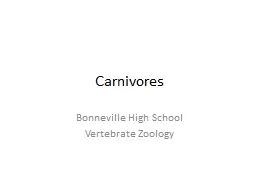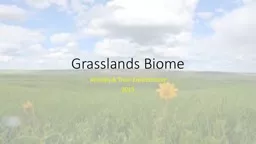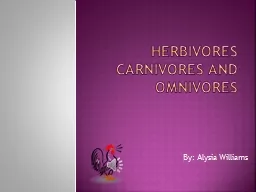PPT-Carnivores Bonneville High School
Author : lindy-dunigan | Published Date : 2019-01-21
Vertebrate Zoology Family Mustelidae Weasel Family North American river otters are the largest members of the family Mustelidae Their body is long and slender
Presentation Embed Code
Download Presentation
Download Presentation The PPT/PDF document "Carnivores Bonneville High School" is the property of its rightful owner. Permission is granted to download and print the materials on this website for personal, non-commercial use only, and to display it on your personal computer provided you do not modify the materials and that you retain all copyright notices contained in the materials. By downloading content from our website, you accept the terms of this agreement.
Carnivores Bonneville High School: Transcript
Download Rules Of Document
"Carnivores Bonneville High School"The content belongs to its owner. You may download and print it for personal use, without modification, and keep all copyright notices. By downloading, you agree to these terms.
Related Documents














